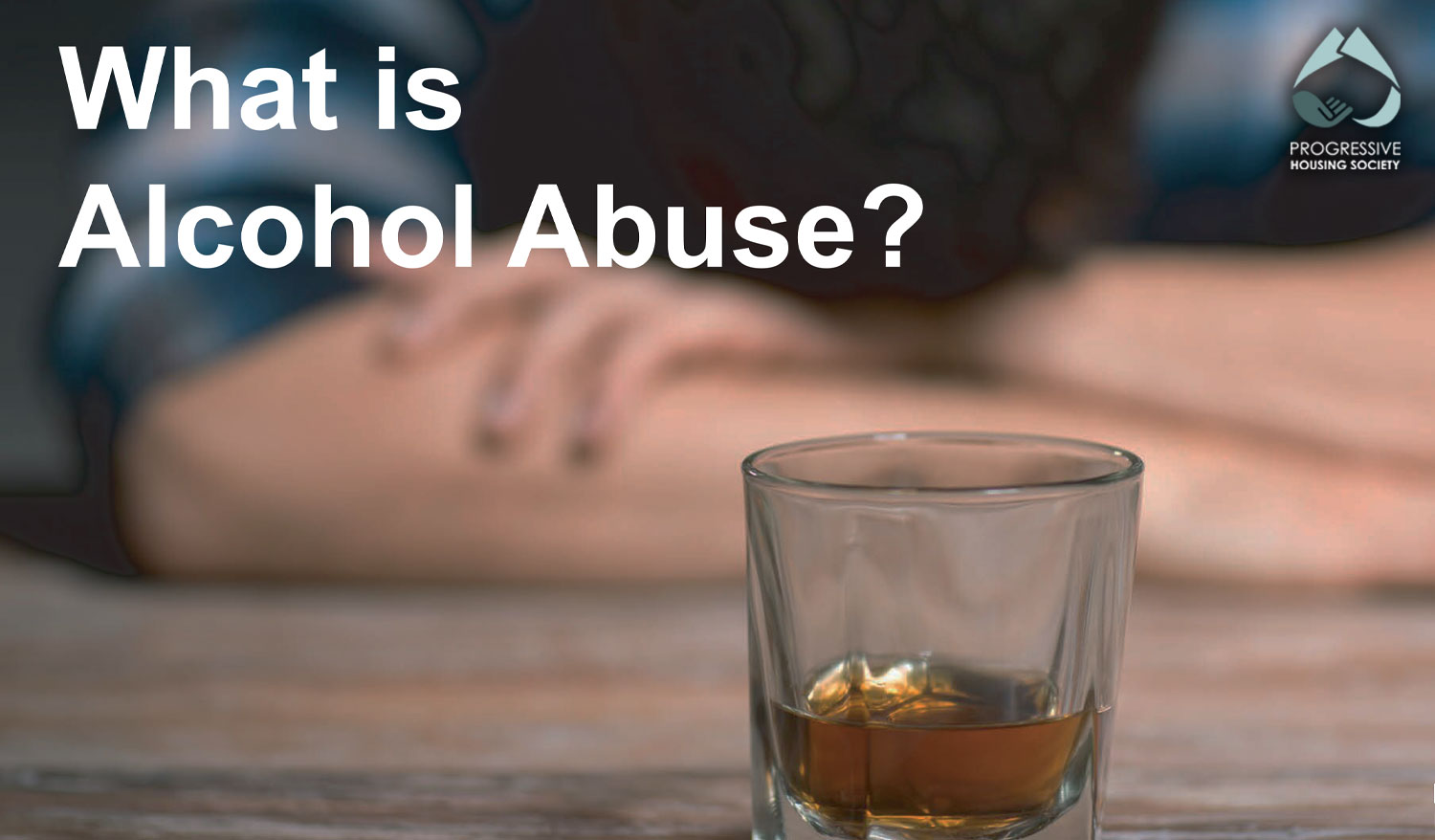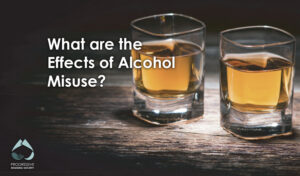What is Alcohol Abuse?
-
by
 PHS
PHS
When do you like to grab a drink? Do you drink often?
Some people would like to enjoy a moderate amount of alcohol with their friends and family to celebrate a party or an event. After work, people go to pub to have a drink, which is a common way to relax and spend time with friends. Some women enjoy a cup of wine before they go to bed. These are all a form of entertainment that people choose to have.
When people are feeling stressed, they might rely on alcohol because it can help to lighten the load. When people cannot moderate their alcohol assumption every day, it will affect their regular daily routine and health. This can lead to serious and long-term health impacts.
What is Alcohol Abuse?
Alcohol misuse, previously referred to as alcohol abuse, encompasses the patterns of drinking that lead to significant and recurrent adverse health and social consequences. This term has evolved to more accurately reflect the spectrum of unhealthy alcohol consumption and its effects. A persistent habit of excessive drinking, characterizes alcohol misuse which an individual struggles to control. This condition, also known as Alcohol Use Disorder (AUD), is recognized as a chronic relapsing brain disorder. Individuals with AUD find it challenging to manage their drinking habits and often experience bouts of depression during periods of sobriety, highlighting the profound impact on mental health (National Institute on Alcohol Abuse and Alcoholism, 2018).
Those affected by alcohol misuse may find themselves in a cycle of continuous drinking, experiencing intoxication regularly, which can severely impede their ability to communicate effectively and maintain relationships. The denial of the problem is a common trait among individuals with AUD, often avoiding confrontation or acknowledgment of their excessive drinking habits. This state of denial can be compounded by a lack of memory regarding the quantity of alcohol consumed, further distancing them from the realization of their condition.
The repercussions of alcohol misuse extend beyond the individual, affecting families, workplaces, and educational environments. It can lead to deteriorating relationships, decreased productivity, and academic failure, underscoring the pervasive nature of alcohol misuse and its ability to infiltrate various aspects of life.
How Much is Too Much?
The U.S. Department of Health and Human Services offers guidelines on what makes up moderate alcohol consumption: up to one drink daily for women and up to two drinks daily for most men. They define a standard drink as 12 ounces of beer, 5 ounces of wine, or 1.5 ounces of 80-proof distilled spirits (Siwek, 1995).
These guidelines for moderate drinking vary globally, reflecting the diversity of cultural attitudes toward alcohol consumption. Cultural norms heavily influence perceptions of alcohol misuse, but these societal standards do not provide a reliable metric for diagnosing Alcohol Use Disorder (AUD). Instead, the recommendations by the U.S. Department of Health and Human Services serve as a benchmark for the maximum daily alcohol intake that likely poses minimal health risks (Mary, Dufour & M.P.H., 1999).

To further assess one’s drinking patterns, monitoring weekly alcohol intake offers another perspective. For women, consuming more than 7 drinks per week is considered indicative of a significant and increased risk for AUD. For men, the threshold is more than 14 drinks per week or more than 4 drinks on any given day (WebMD, 2018). This method of tracking not only sheds light on one’s daily drinking habits but also provides a broader overview of potential issues with alcohol use.
Understanding these guidelines and self-monitoring practices is crucial in recognizing and addressing problematic drinking behaviors. By keeping a vigilant eye on alcohol intake, individuals can better evaluate their drinking patterns in relation to health standards and make informed decisions about their consumption habits. This approach emphasizes the importance of awareness and self-regulation in maintaining a healthy balance and potentially identifying the early signs of AUD.
What Are the Symptoms of Alcohol Misuse?
AUD divided into three levels: mild, moderate and severe. The level depends on how many symptoms a person has (Pathak, 2018). Someone who experiences problems with alcohol may have one or more of the following symptoms:
- They have to drink to relax and social with their friends
- Drinking has caused a legal problem, such as driving under the influence
- Conflicts with family and friends because of drinking
- They drink while pregnant or taking care of children.
- It is hard for them to recall when and where they drink
- They cannot stop drinking or insist alcohol consumption is part of they plan
- Repeated drinking leads to inability to perform major duties at work, school, or family (such as poor quality of working quality, neglect of school, childcare or household)
- They tried to stop drinking or limit amount, but failed
- They continue to consume even though drinking hurts their health, can cause memory blackouts, or depressed feeling
- Spend most of their spare of time drinking
- They mix alcohol and medications
- They need to have a drink to start their morning

Taking a Stand Against Alcohol Abuse
Excessive and frequent alcohol consumption can be detrimental to certain individuals, leading to negative consequences. However, enjoying alcohol in moderation and keeping track of consumption can offer enjoyment and stress relief. The widespread social endorsement of drinking across various cultures can blur the lines in recognizing alcohol misuse. Like any form of addiction, individuals facing challenges with their alcohol use require empathy and support.
At Progressive Housing Society, we strive to support people with their mental health. Our clients are often working through a number of complex challenges. You can make a difference in the support offered by donating today. Every $1 raised goes to providing care to those in need.
References
National Institute on Alcohol Abuse and Alcoholism (NIAA) (2018). Alcohol Use Disorder. Retrieved from https://www.niaaa.nih.gov/alcohol-health/overview-alcohol-consumption/alcohol-use-disorders
Monico, N. (Oct.28, 2019). Effects of Alcohol. Retrieved from https://www.alcohol.org/effects/
Giorgi, A. and Higuera, V. (July 29, 2016). Alcohol Abuse and Alcoholism: What Are the Differences. Retrieved from https://www.healthline.com/health/alcohol-use-and-abuse
Pathak, N (July,19, 2018). What is Alcohol Use Disorder. Retrieved from https://www.webmd.com/mental-health/addiction/what-is-alcohol-abuse#1
Mary C. Dufour, M.D., M.P.H. (1999). What is Moderate Drinking. Defining “Drinks” and Drinking Levels
Siwek, J. (1995). Moderate Drinking. The Washington Post (1974-Current File), p. 15.


